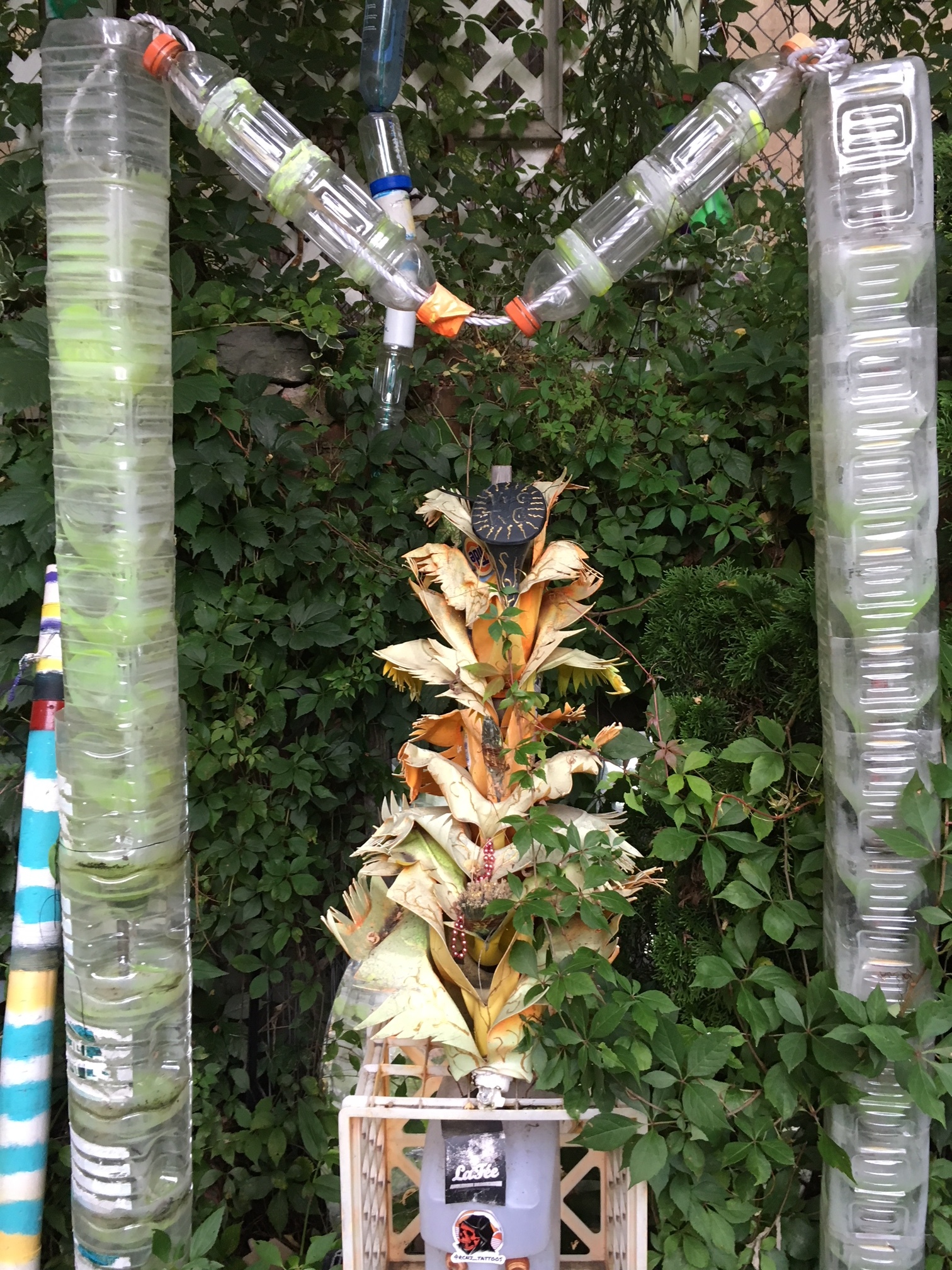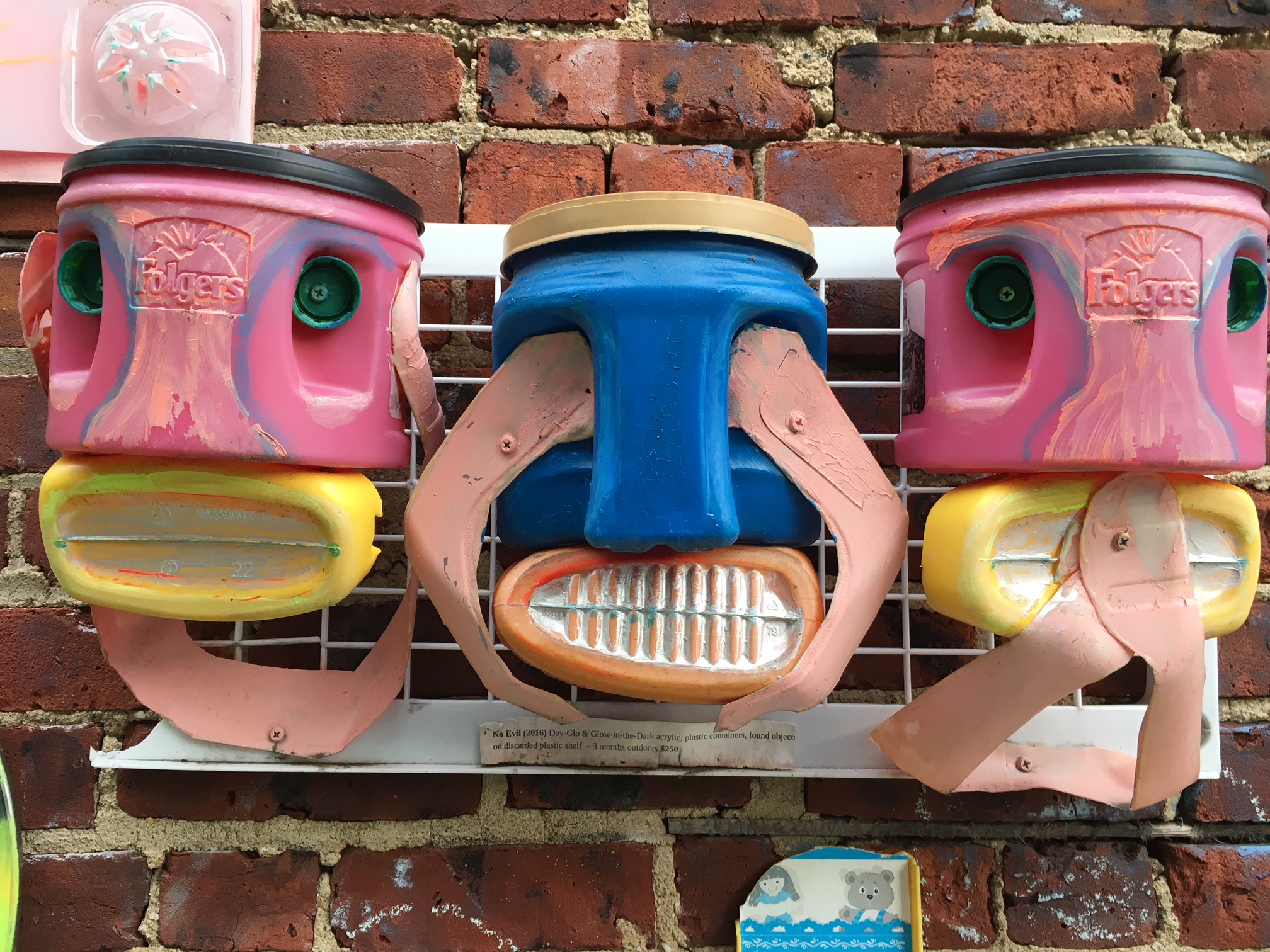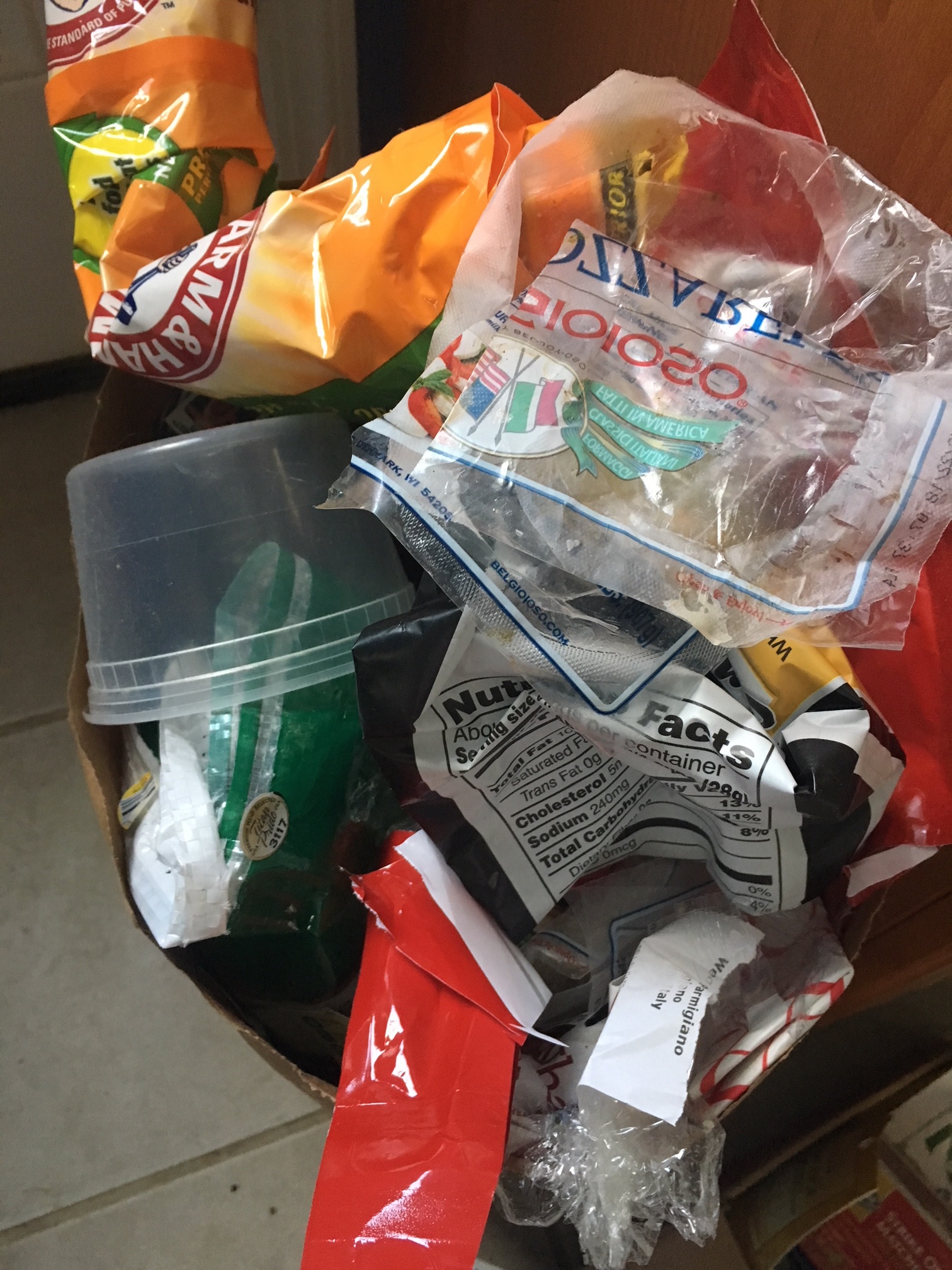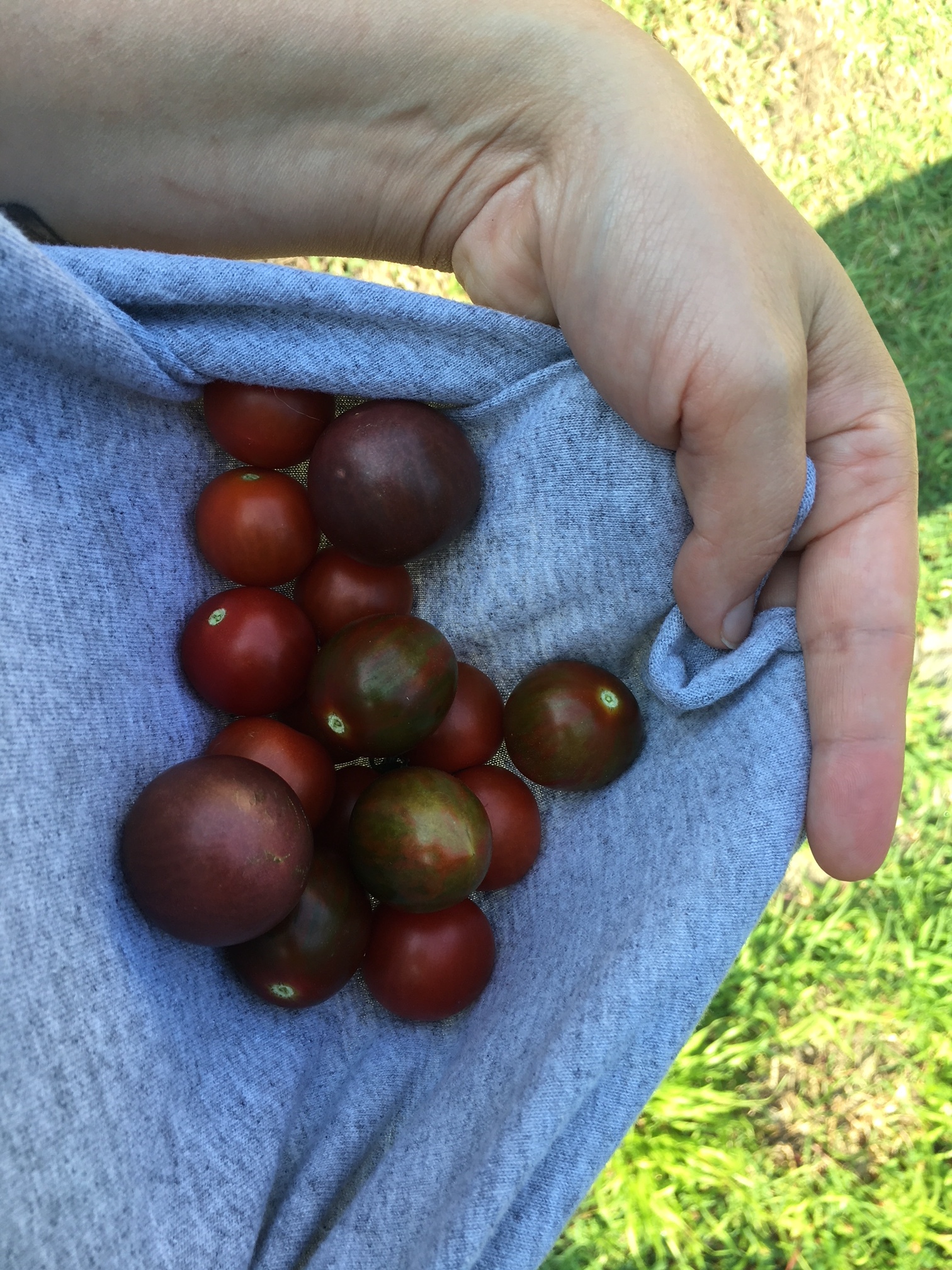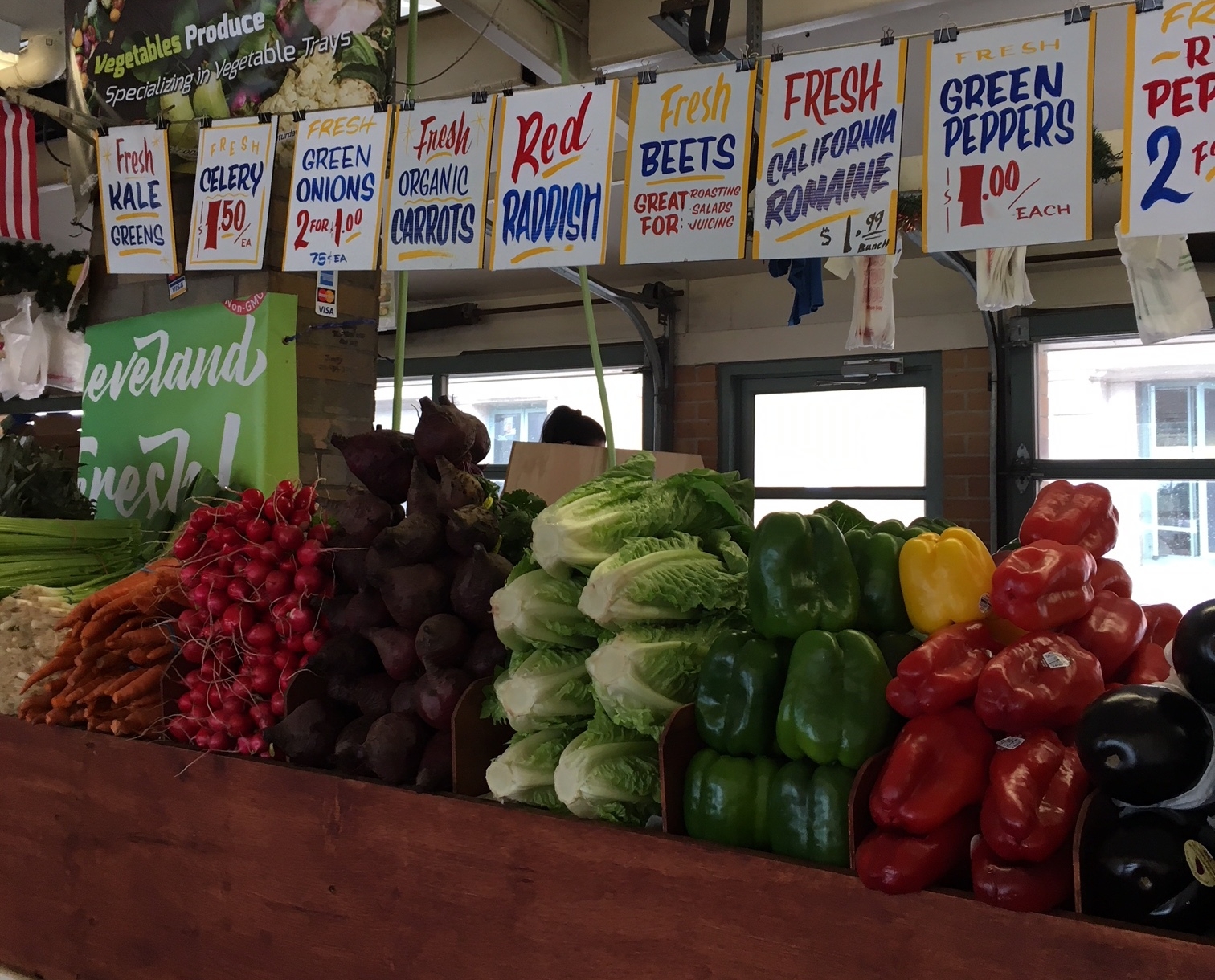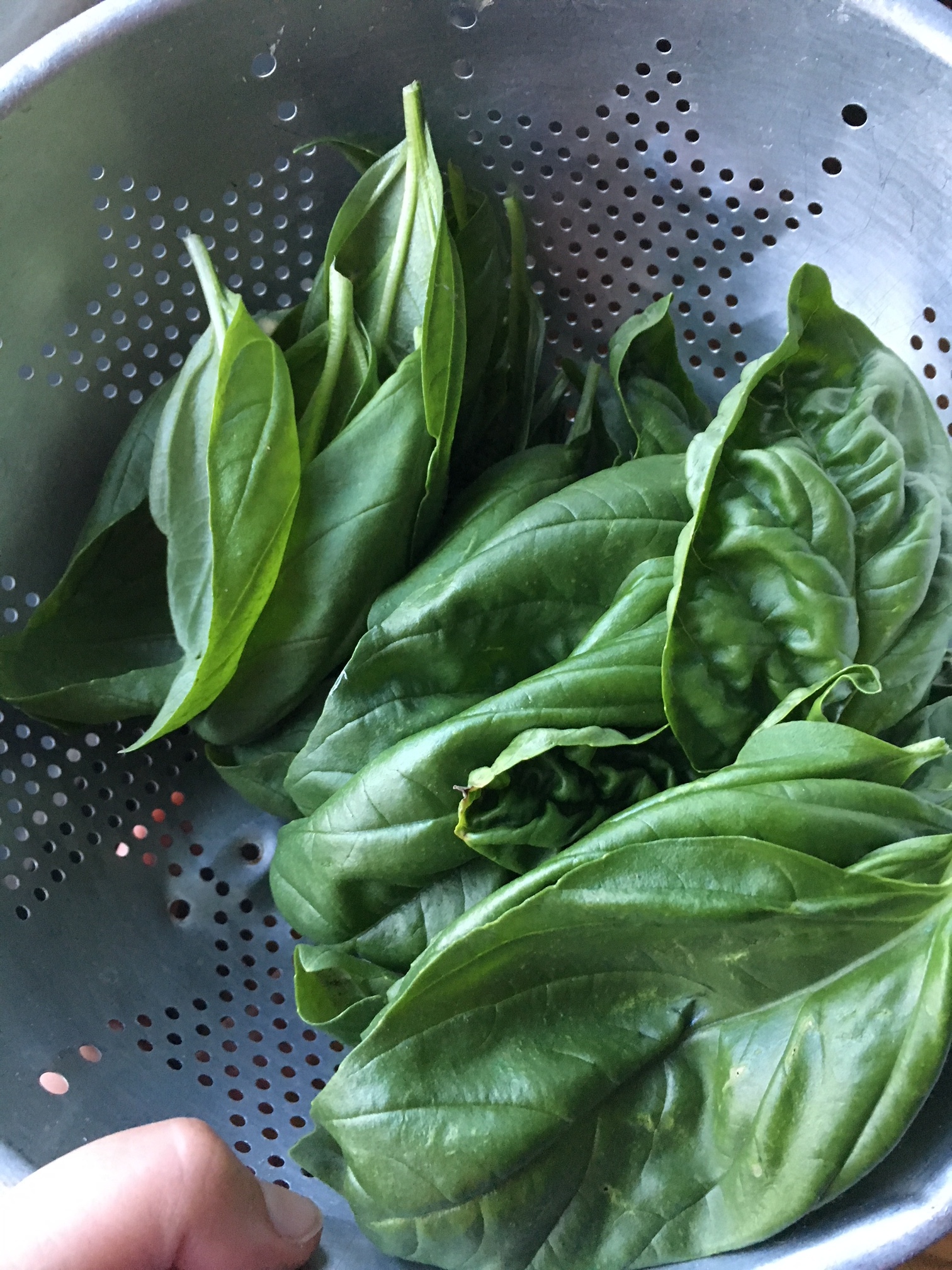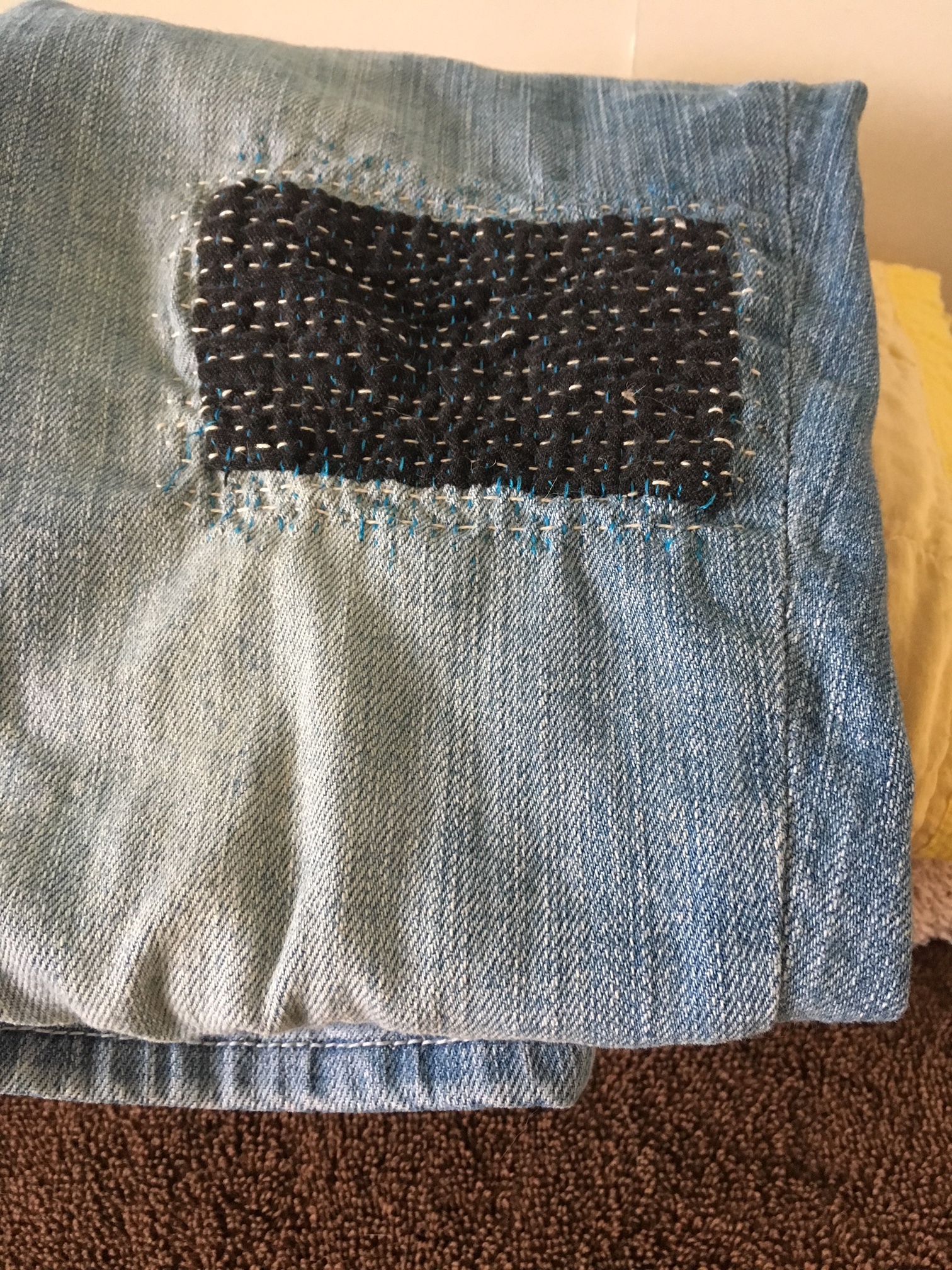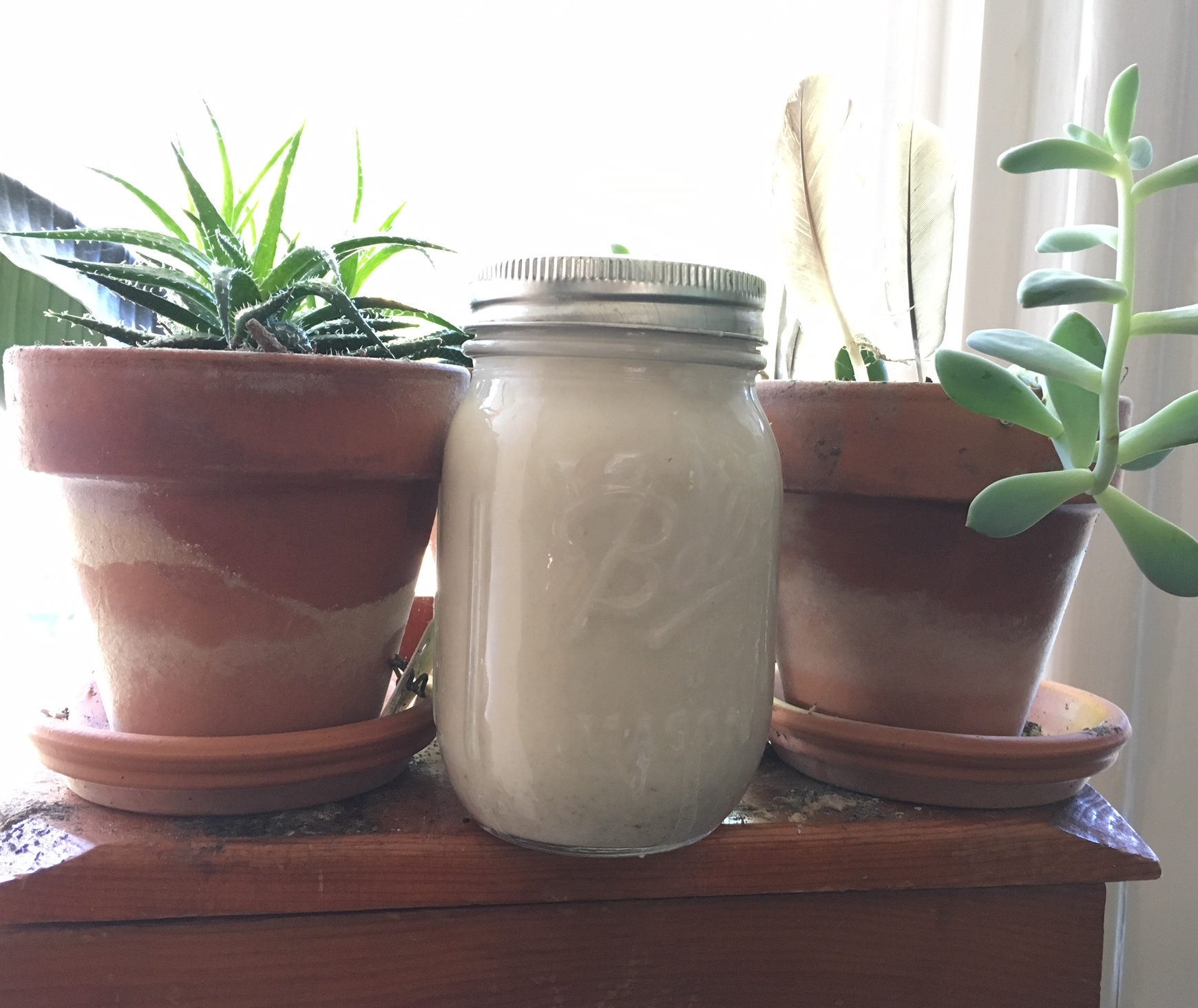The more I read other's accounts and the more I researched, the more I realized that Zero Waste is the goal, but the journey is one of many many baby steps. Not just for me, but for everyone trying to achieve Zero Waste. Once I realized this, I stopped sweating every little thing and began recognizing that mindfulness is the first step. I also realized that there are things that I already do that help me on the journey to Zero Waste. Here's a working list of things we already do:
Eat mainly a plant based diet - My husband has been a vegetarian (mostly) since I've known him. I've eaten veggie for about 5 years bc I don't feel well when I eat meat. We both do eat fish now but not eating big industry meat is a great step for ZW.
Next step: Eat only locally farmed fish, eggs and cheese.
Eat fresh as much as possible / eat out rarely - We try to eat mostly fresh veggies and whole foods although we do have a weakness for frozen pizzas. We patron the local markets as much as possible for fruit and veg. Most days we cook at home or have simple meals of veggies, cheese, bread, etc... I have been making an effort to pack lunches for my husband most work days. We love to eat out but on average only do so once a week. We want to support our local businesses and restaurants.
Next Step: More of the same. Try to cut out our bad habit foods, items packaged in plastic or tetrapacts, and continue to source local foods.
Avoid Western Medicine (and other Western Wellness Ideas) - We have never been people who rush to the doctor when we have a sniffle. We ride it out, use home remedies, or homeopathic remedies. We drink more water, get rest, drink tea, eat better bc we know that those things will help heal our bodies. Similarly, we have never adhered to Western ideals of wellness, such as massages, hair salons, spa treatments, etc... I got my hair "done" a few months before starting to go zero waste, before that I hadn't got a hair cut in 4 years (I had just cut it myself). It was a fine experience and I was happy with the result - but what a waste! The plastics! The chemicals! Luckily, we are fine living without most things like that.
Next Steps: Learn more about healing/traditional medicines, home remedies, etc... Find wellness businesses committed to reducing waste. Trade skills with people. I know a few hairdressers I can call on and explain my want for a zero waste haircut!
Recycle/compost- When I started my ZW Journey, I knew right away that recycling didn't feel right and one day I hope to cut it out as much as possible. But for a beginner recycling does help ease the worry and the trash we create. When we moved to NJ, we started composting almost immediately. We have a lot of plants and have been wanting to garden more, so composting is a great way to reduce food and paper waste. I would say that we have become more mindful of both these methods for reducing waste since starting our journey.
Next Step: Continue to cut down on buying items that need to be recycled. Become better at only buying what food that we will eat to reduce food waste. Use the compost we have created in our plants and gardens.
Reuse glass jars and other containers for storage - I was delighted when I realized reusing and storing items in recycled glass jars was a favorite technique among zero wasters! I had been doing this for years!
Next Step: Use our jars in bulk sections, buy only what we need at the time, cut down on what we buy in jars as to not have to recycle those we don't use.
Homemade natural cleaners - When we moved to NJ, one of my early pledges was to use all natural cleaners in our new home. We had some cleaners left over that we are still using up, but otherwise we have worked to use all natural + homemade cleaners.
Next Step: Use up the old cleaners we have and dispose of their packaging safely, find recipes that work for us for tougher jobs (drain clogs, tough stains, etc...).
Buy second hand - We have always like to thrift shop, but we have moved towards buying everything second hand: furniture, cookware, clothing, records, toys etc...
Next Step: Use up what we have, donate more, buy from sustainable companies when not buying second hand.
Shop local - After living in Brooklyn, NY, for 15 years, shopping local is just second nature. We try to get everything we need as local as possible. We also try to buy products produced locally when we can. This isn't to say we never shop at chains (I love my Shoprite!) or big box stores (sometimes Home Depot has what you need) but we try not to.
Next Step: I try, when I see us returning to a big box store, to reserach where else we can get that item or experience. A good next step is to continue to diminish our want/need for those stores by finding items elsewhere.
Use public transportation/walk - Again, having lived without a car for many years, it's second nature to try and utilize public transportation. About 7 years ago I started walking to work and made finding a job where I could do that a priority. Walking to work is my favorite part of every work day!! We specifically moved to a town where my husband could still use public transportation to get to work. He takes a train most of the way and walks the rest.
Next Step: Find even more ways to stay local, use our car less, or upgrade to a more eco friendly car in the future.



